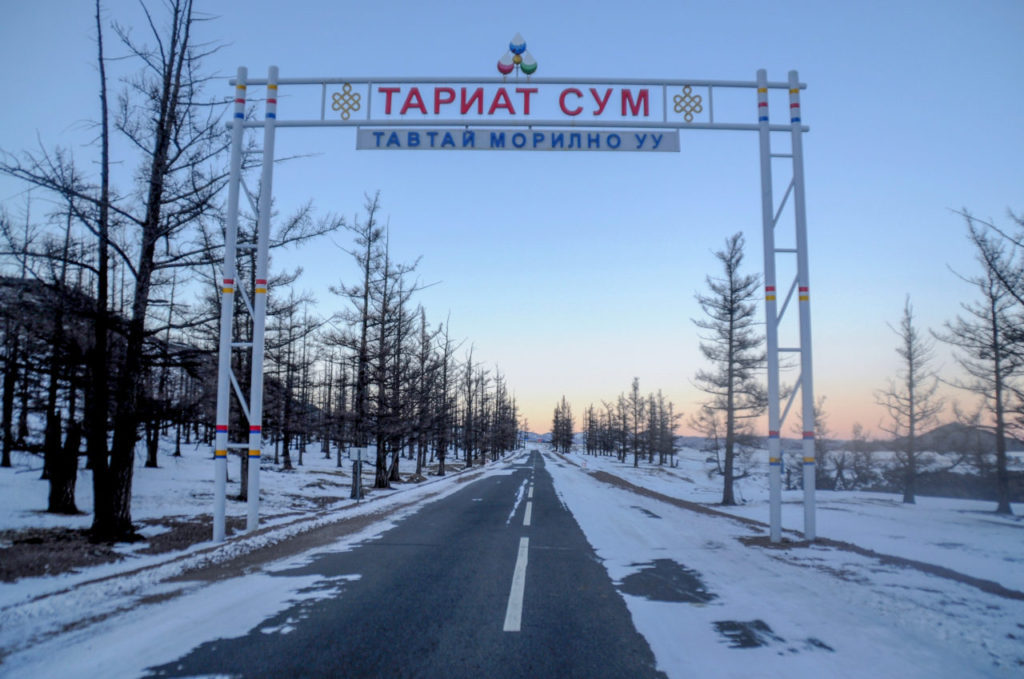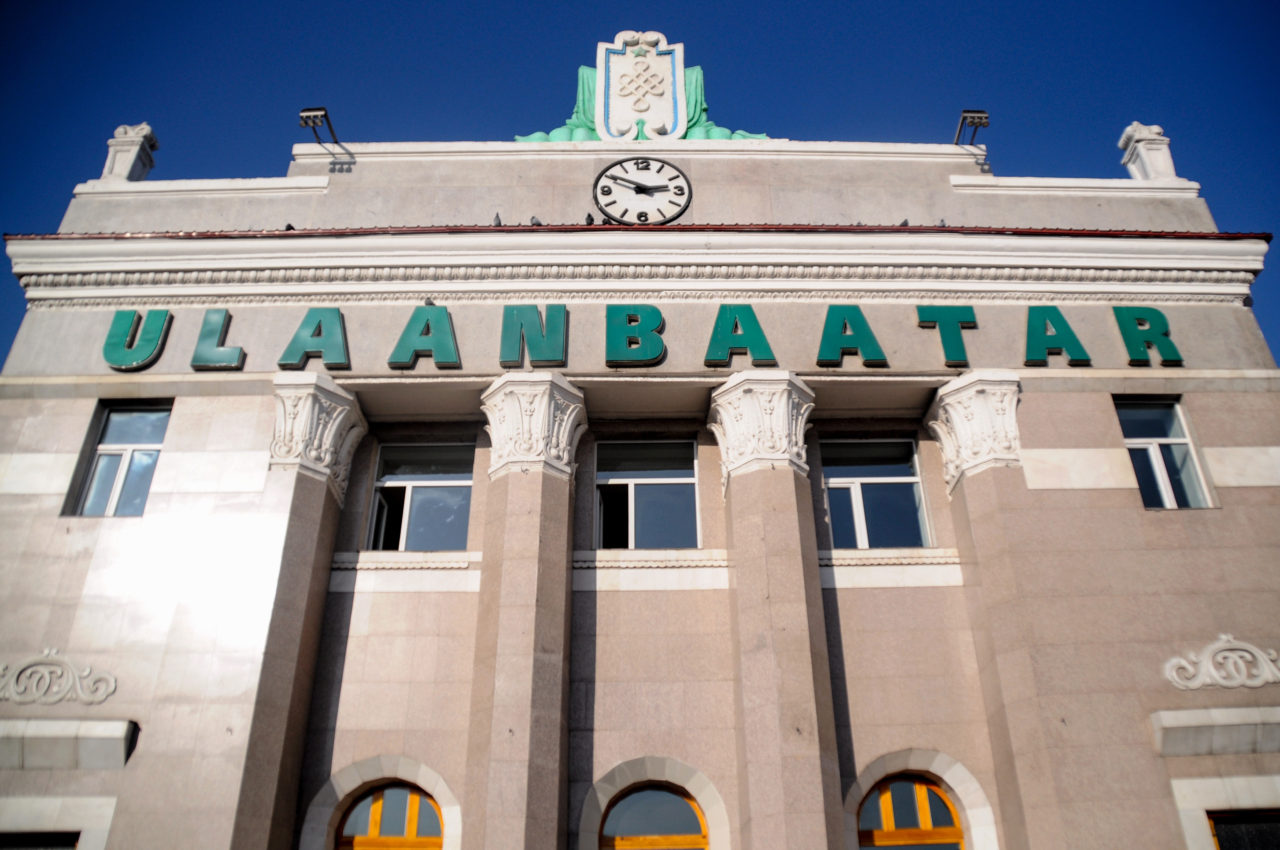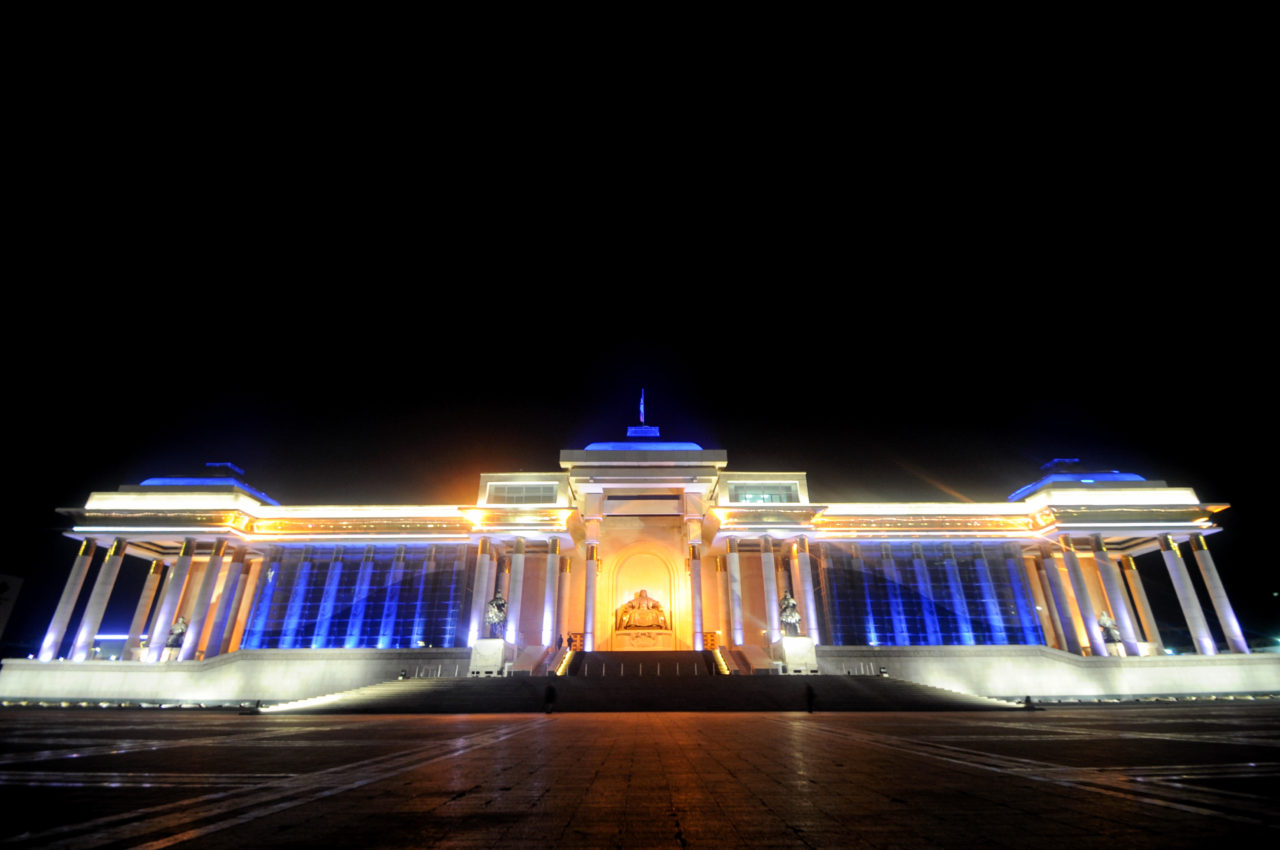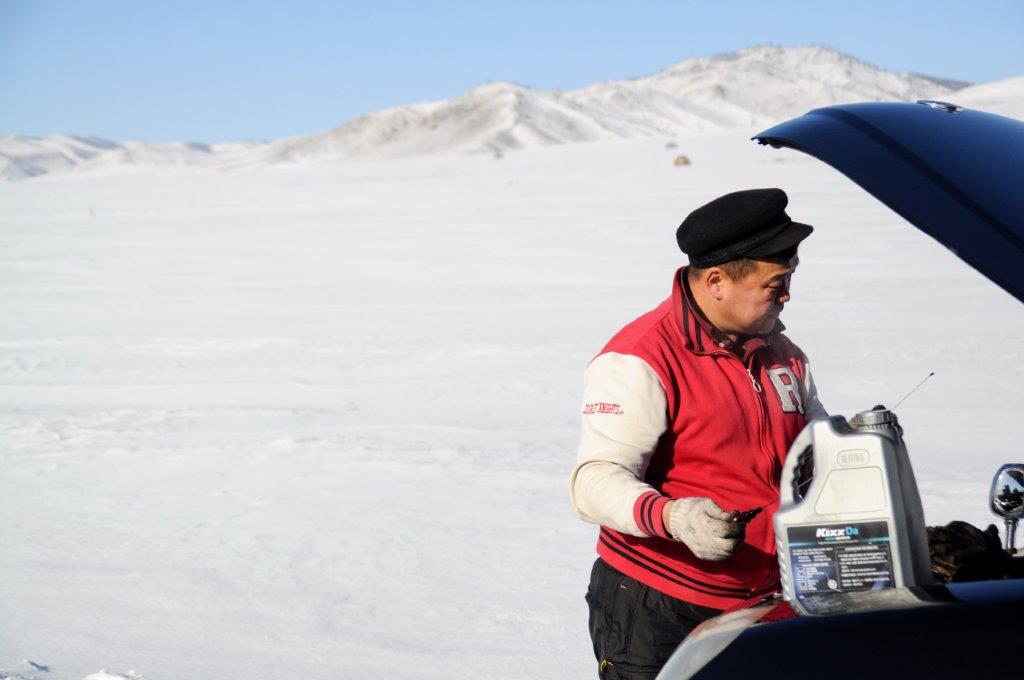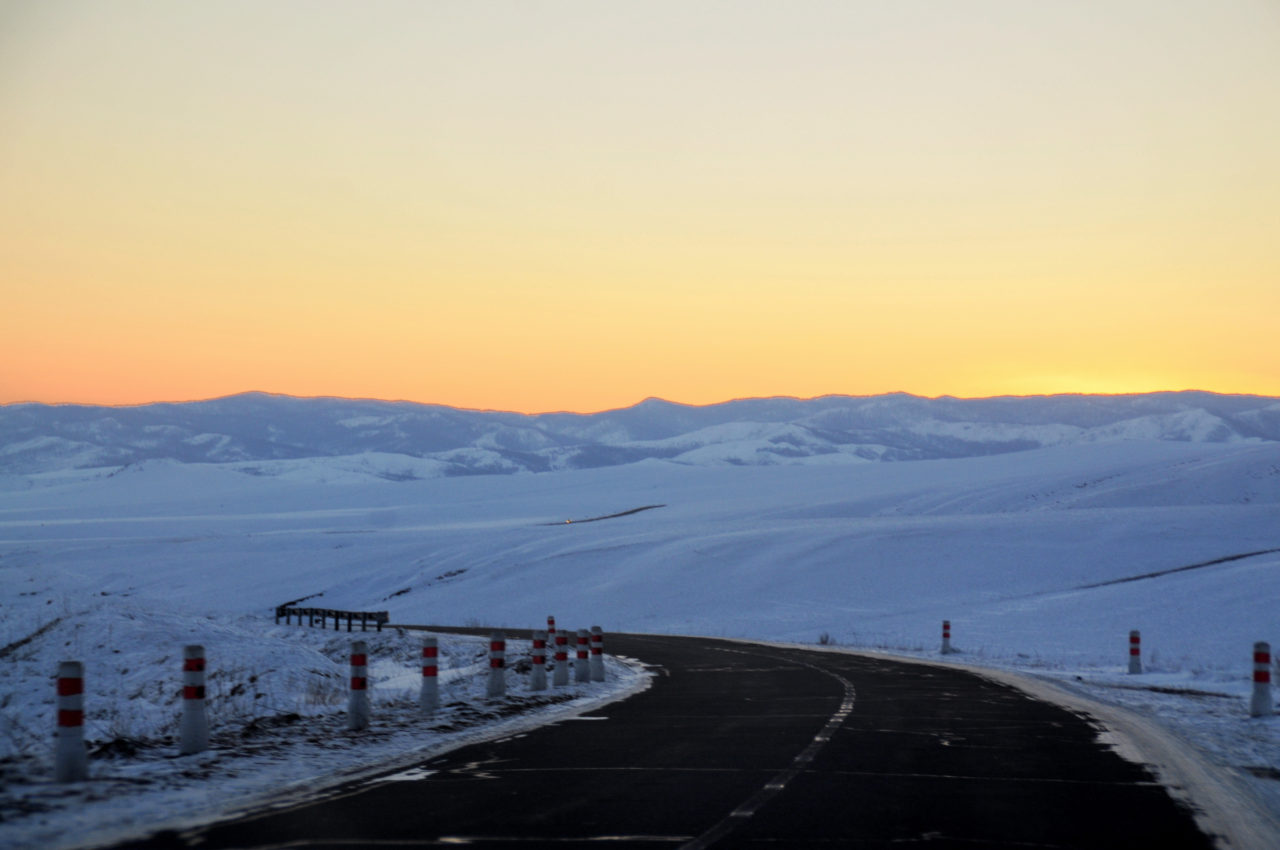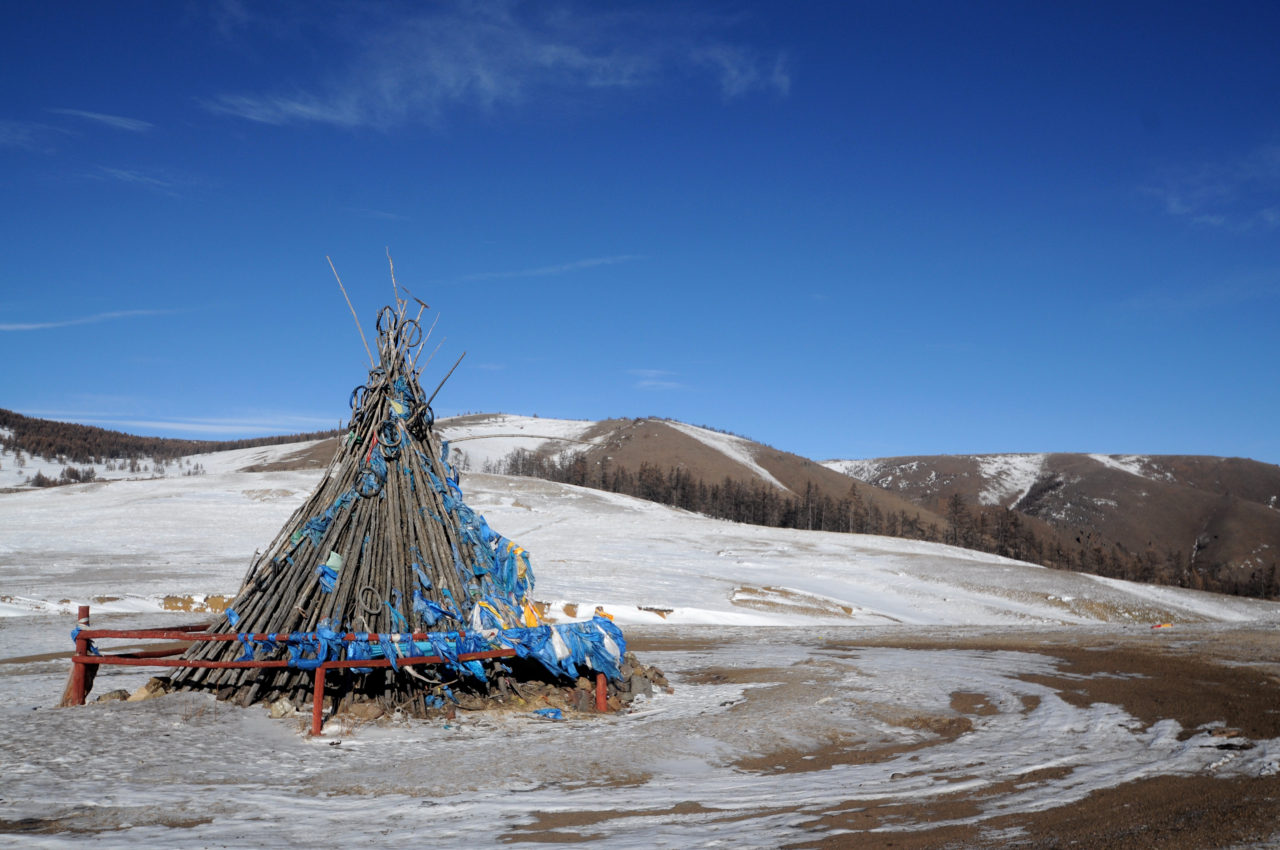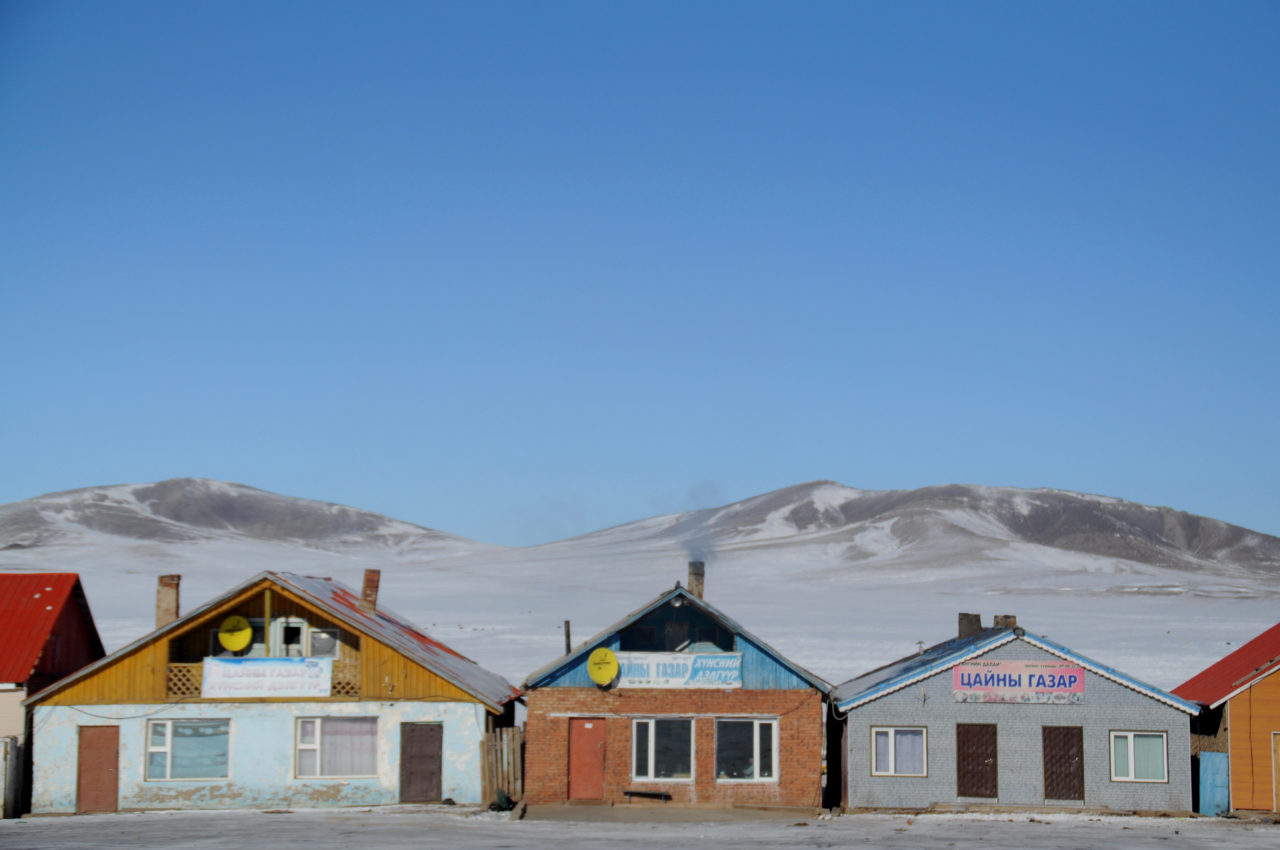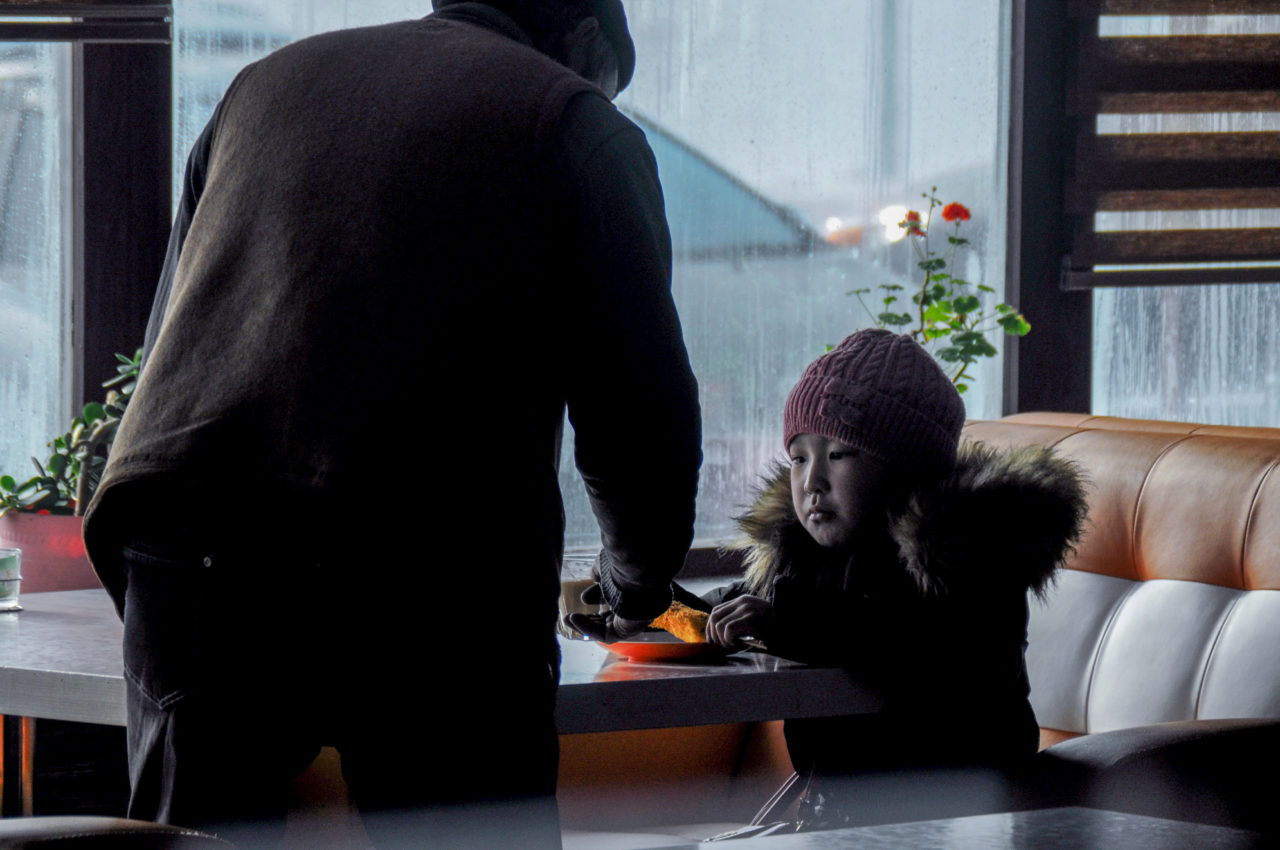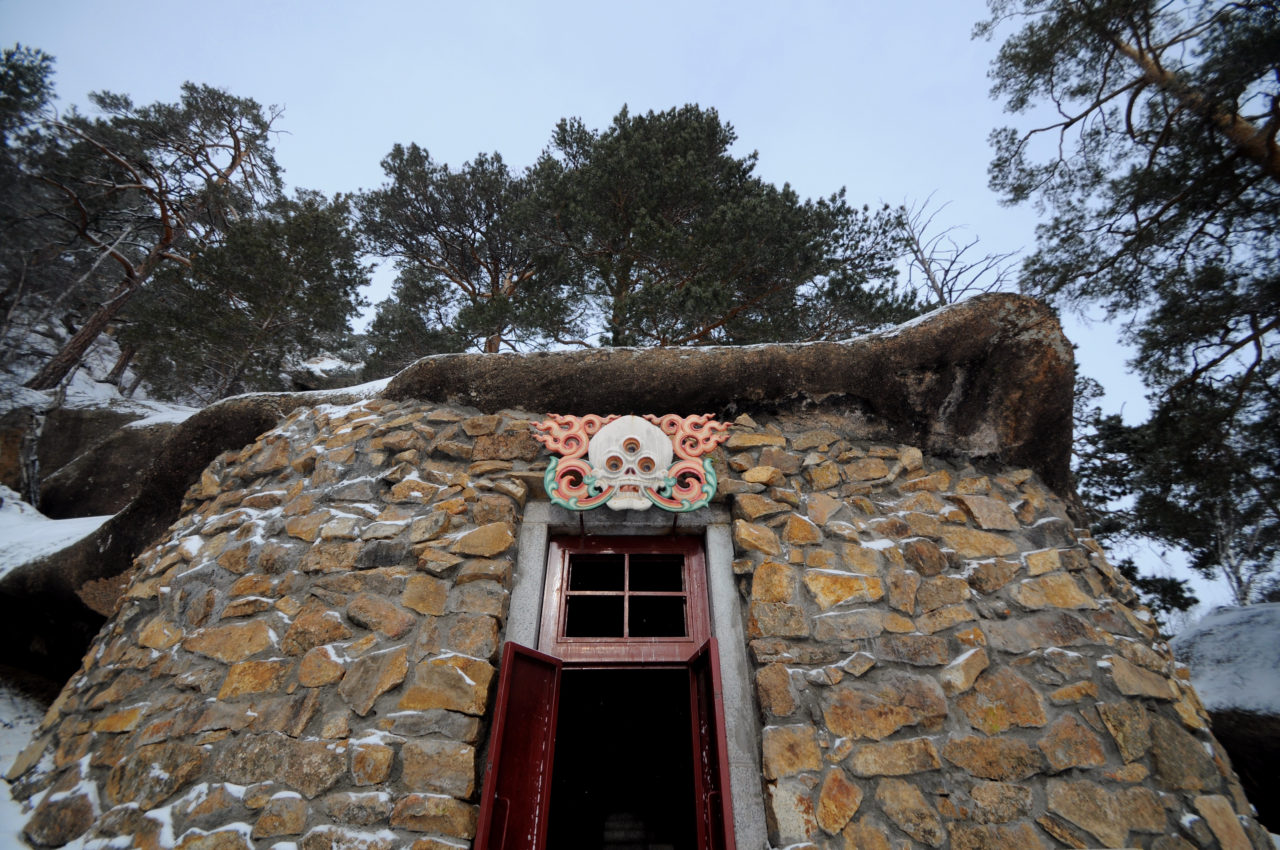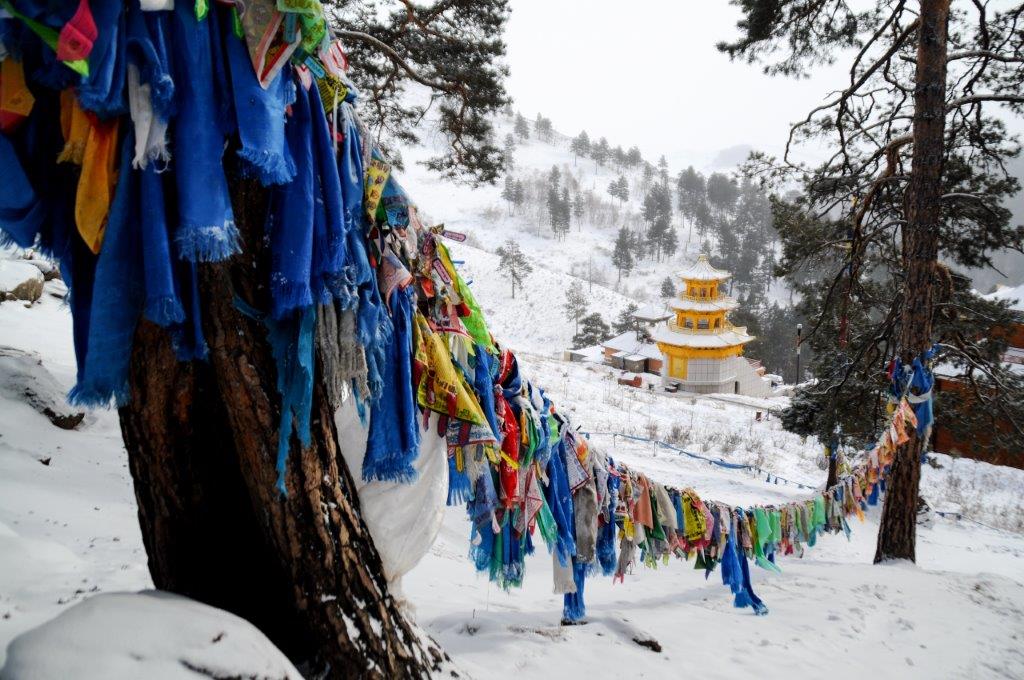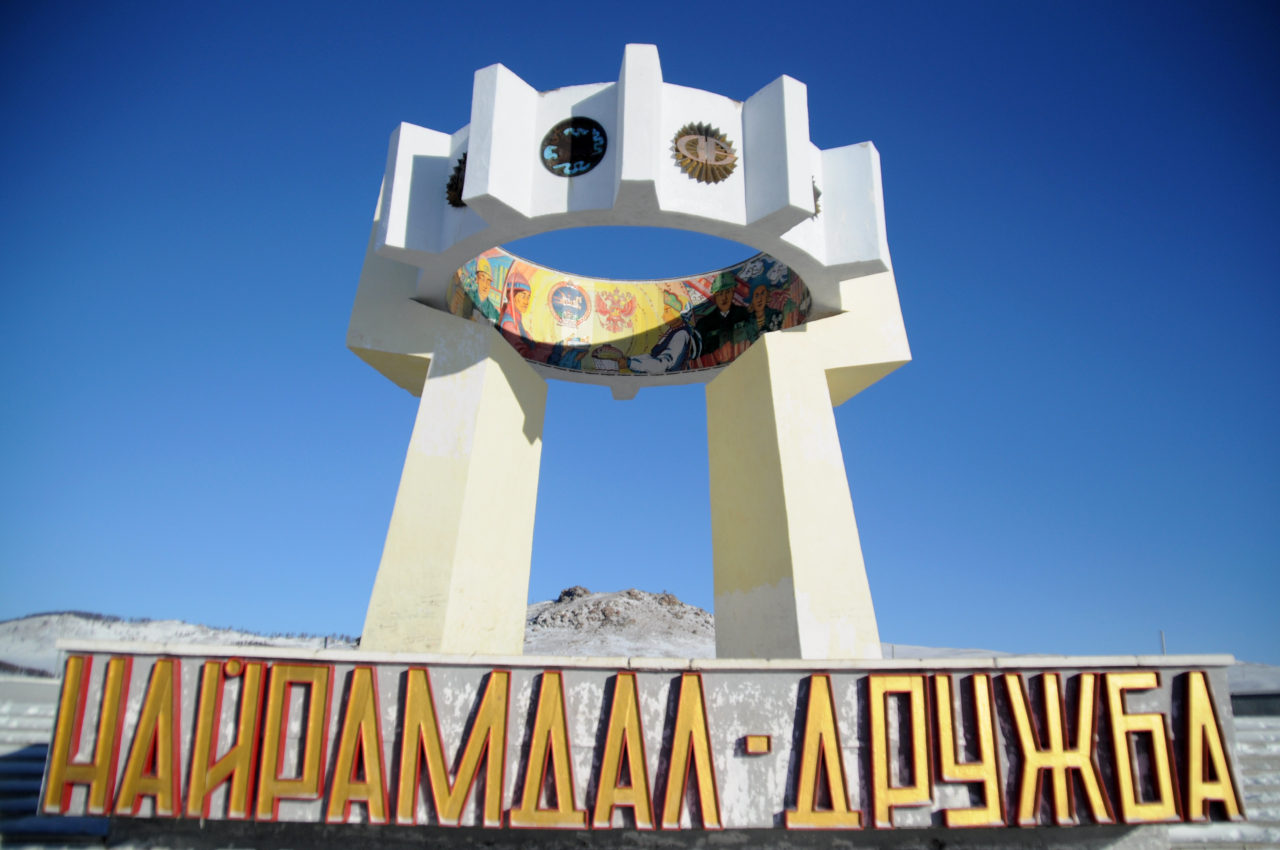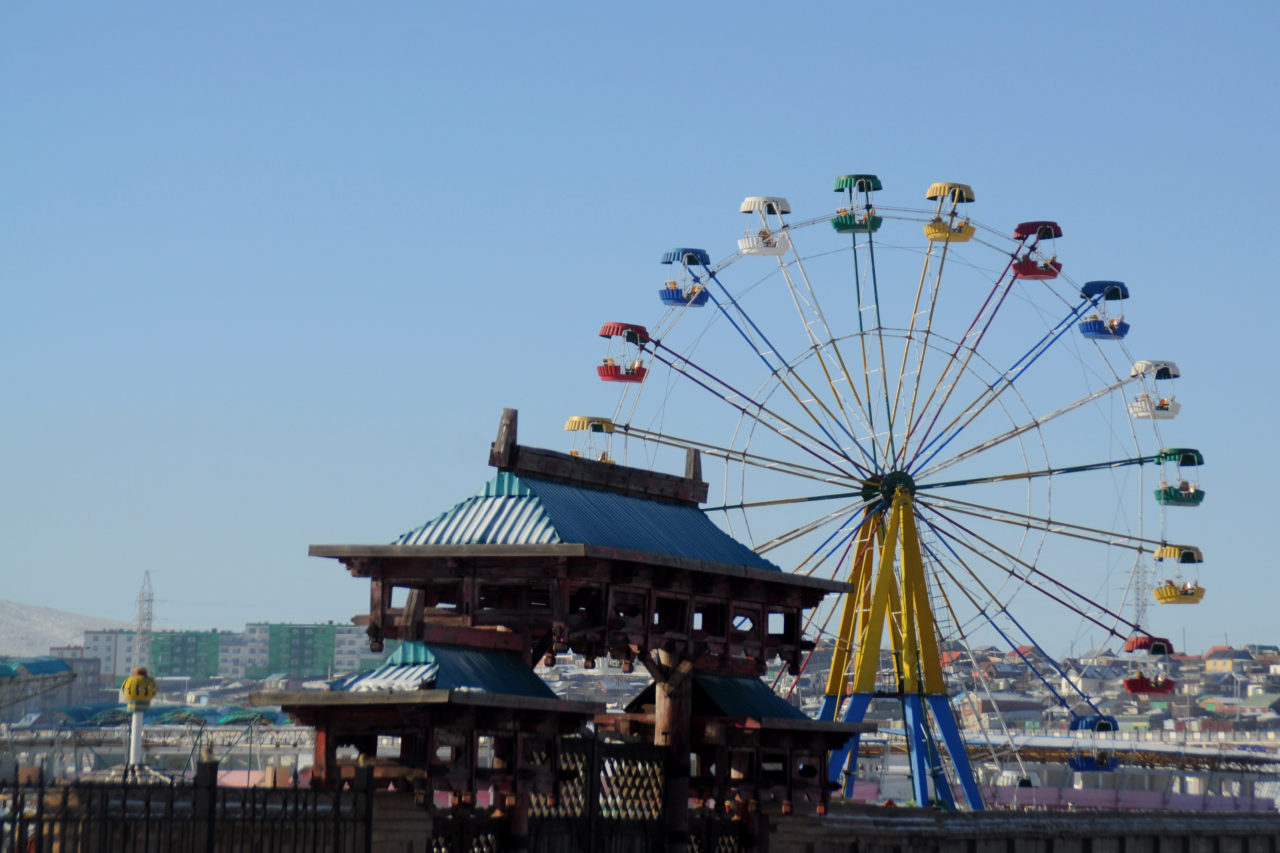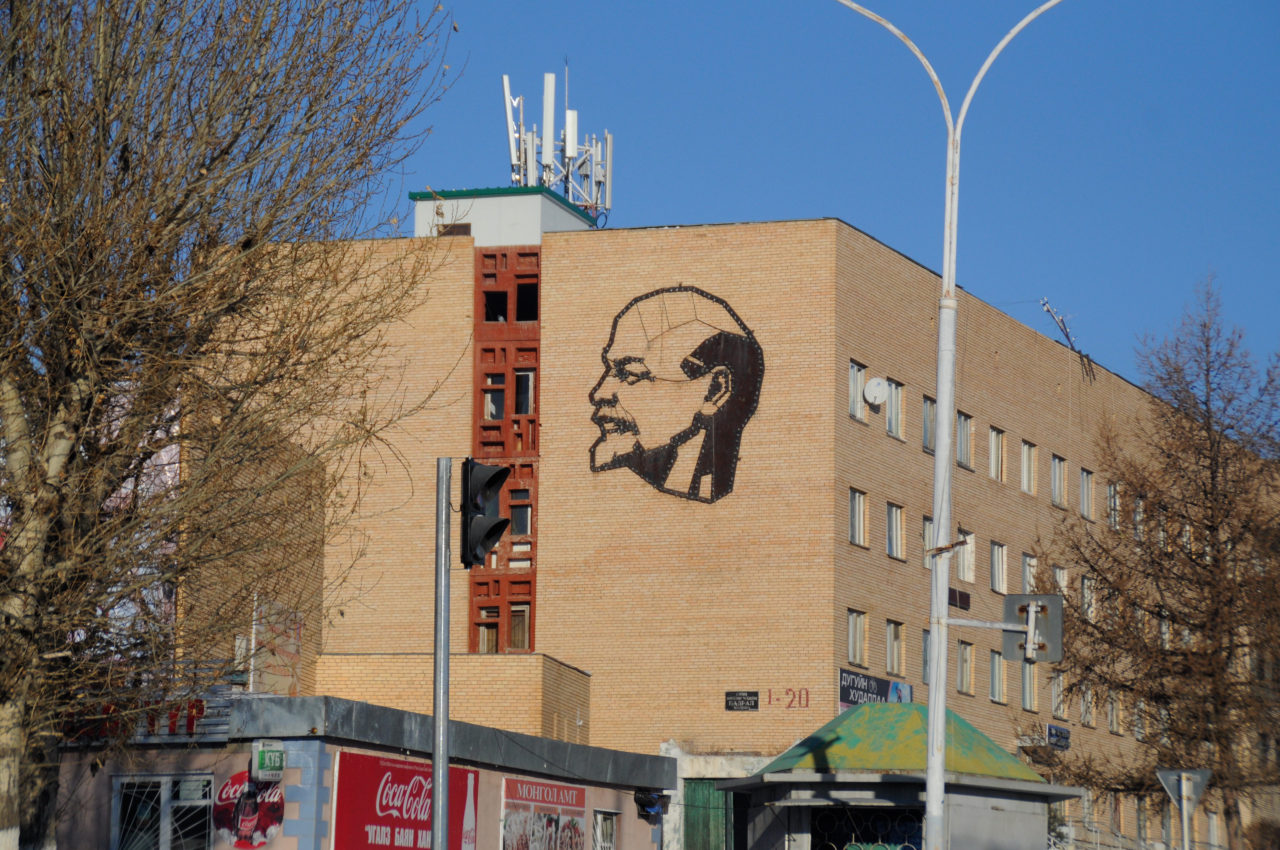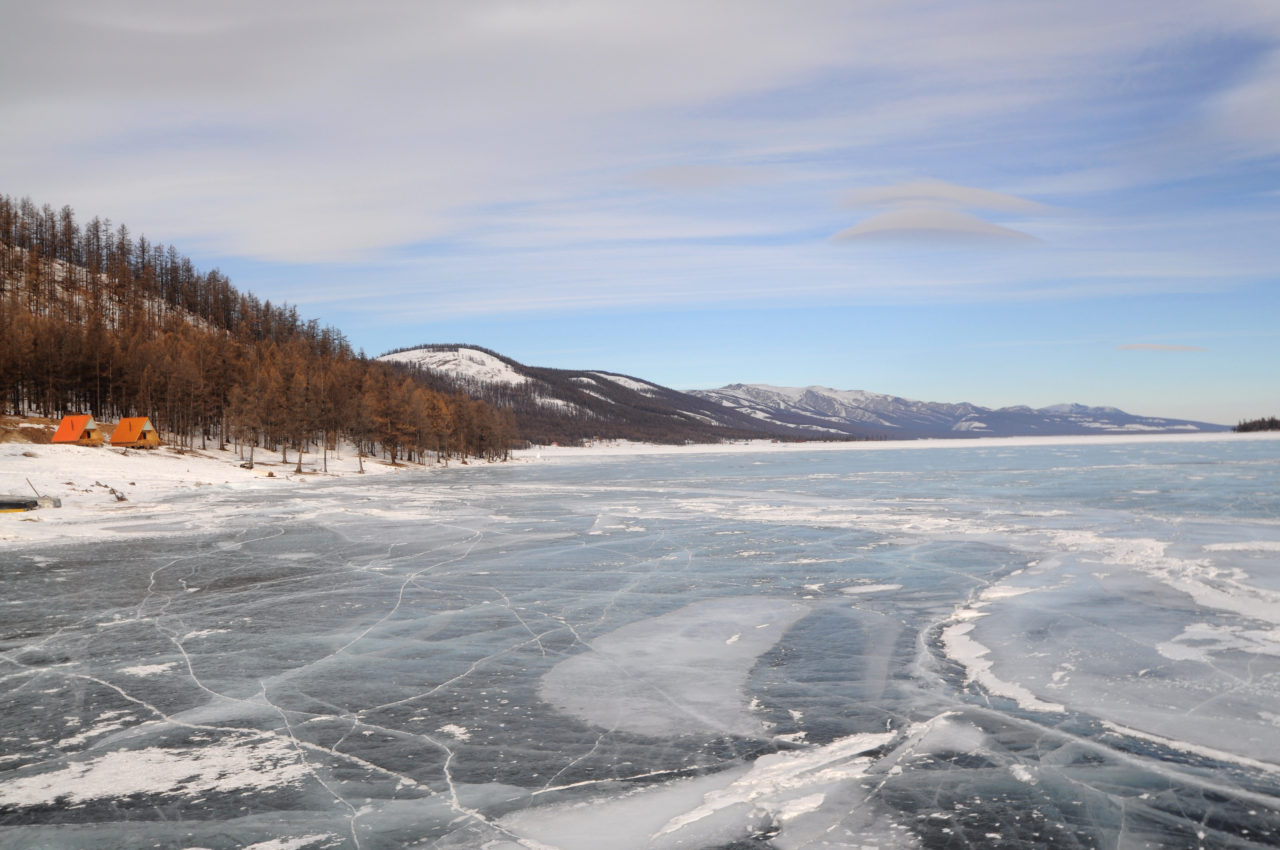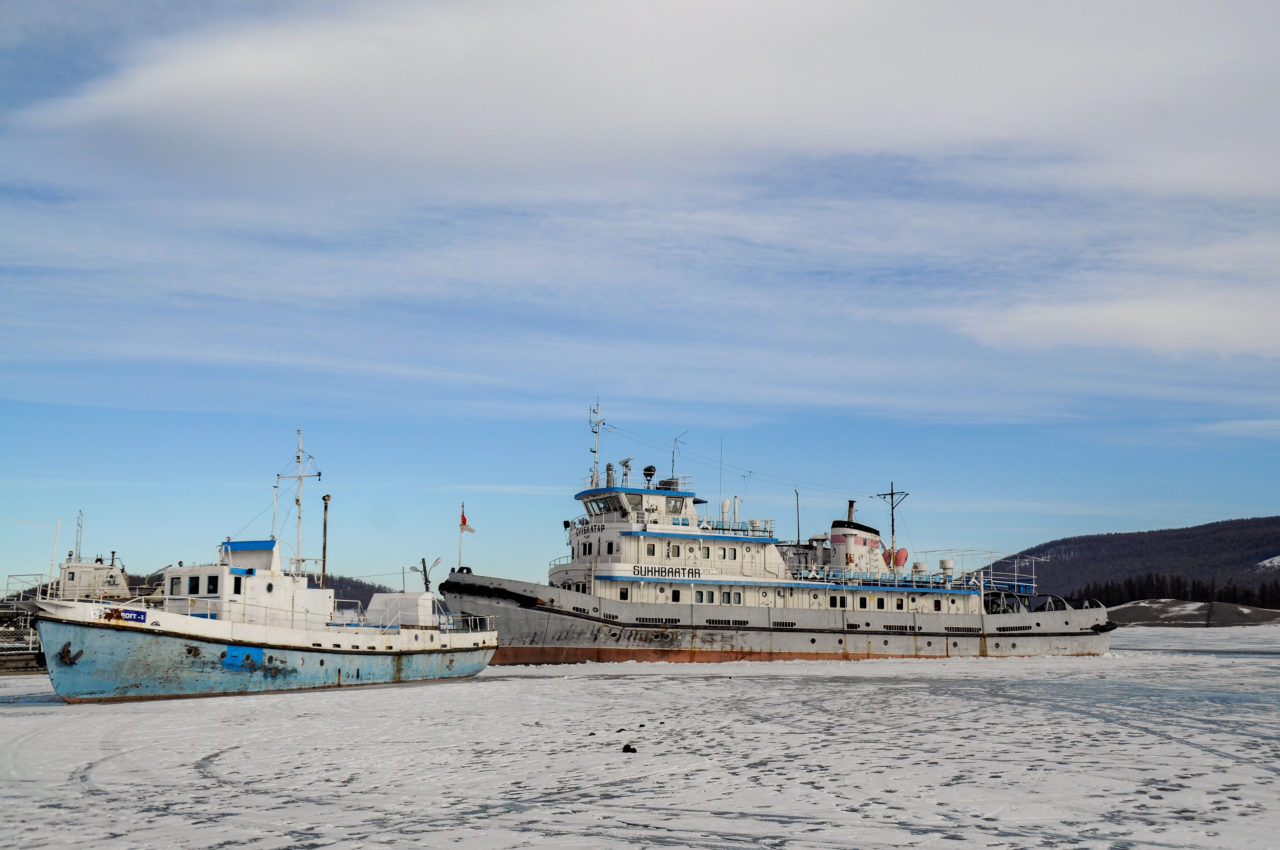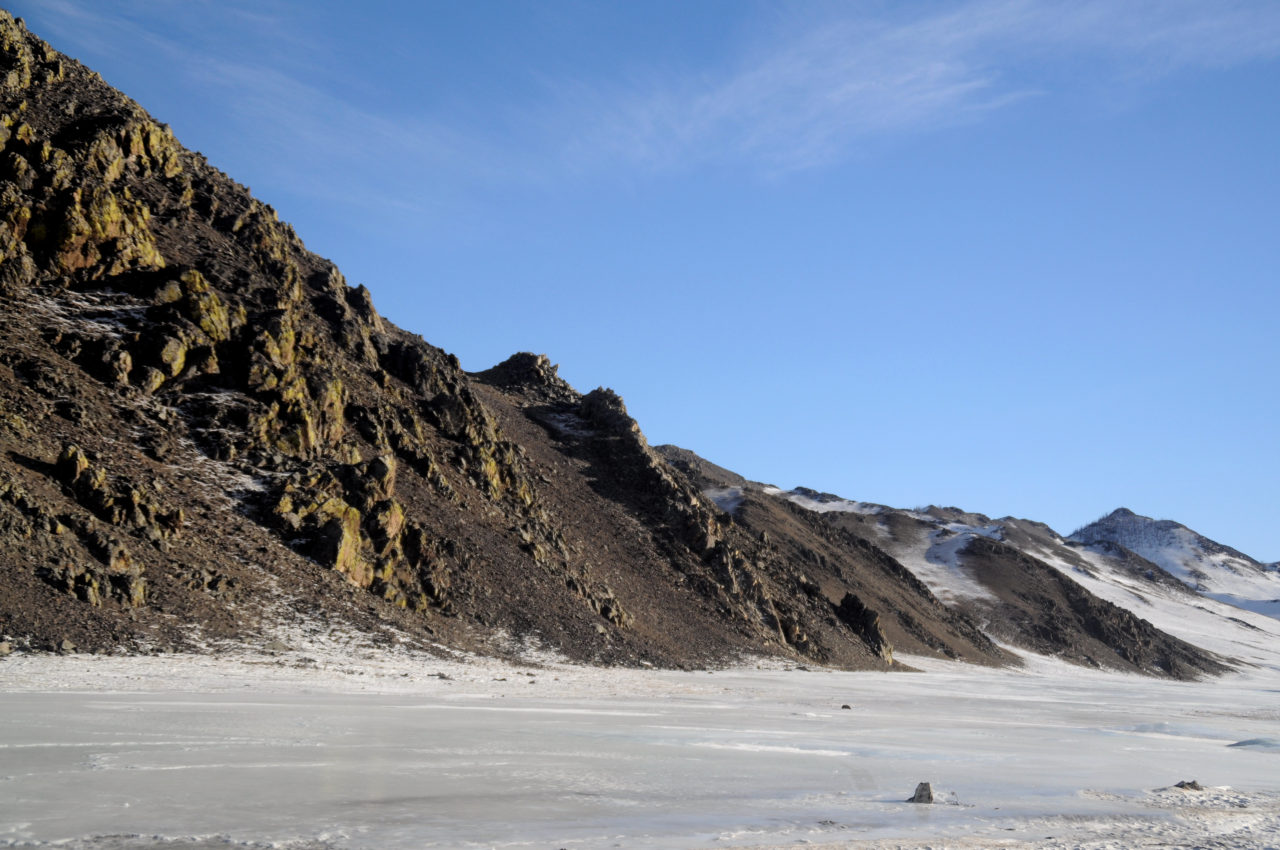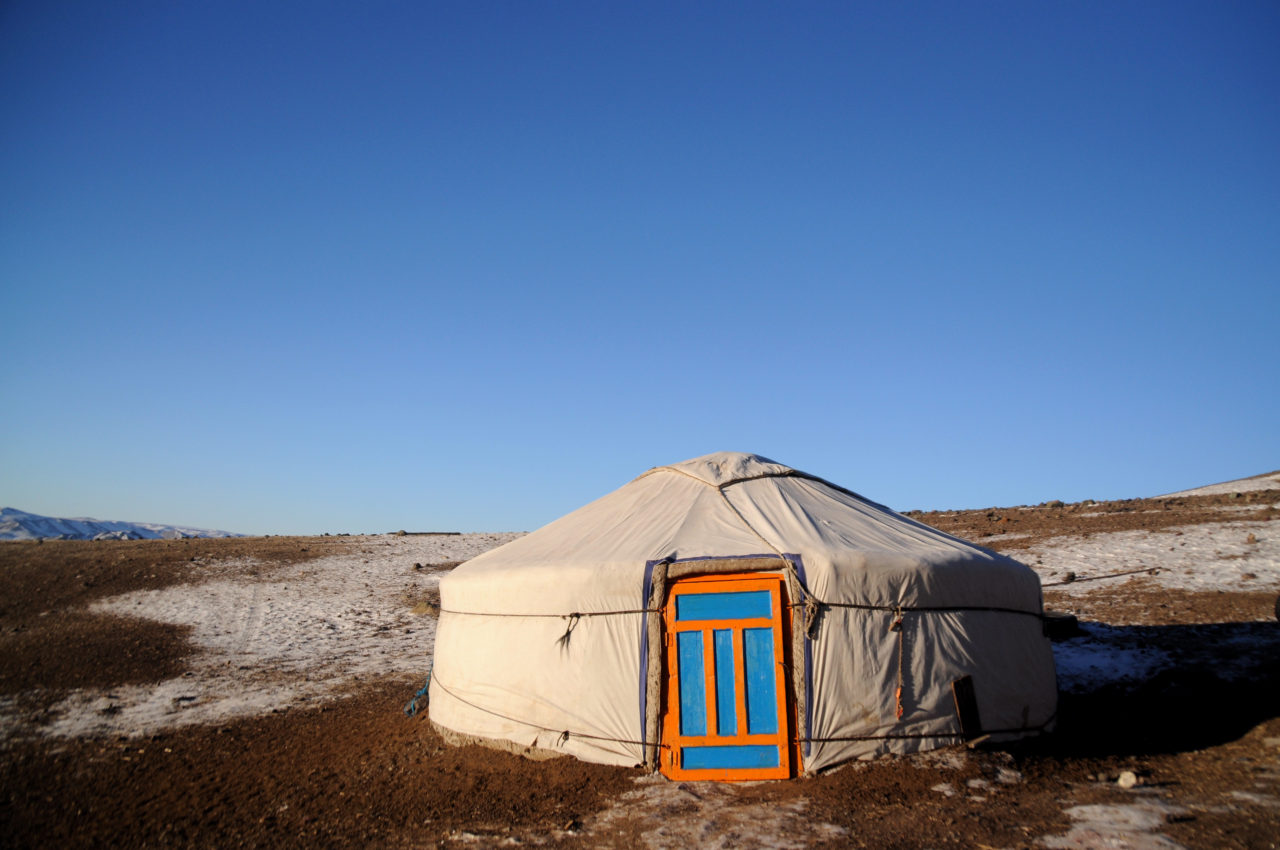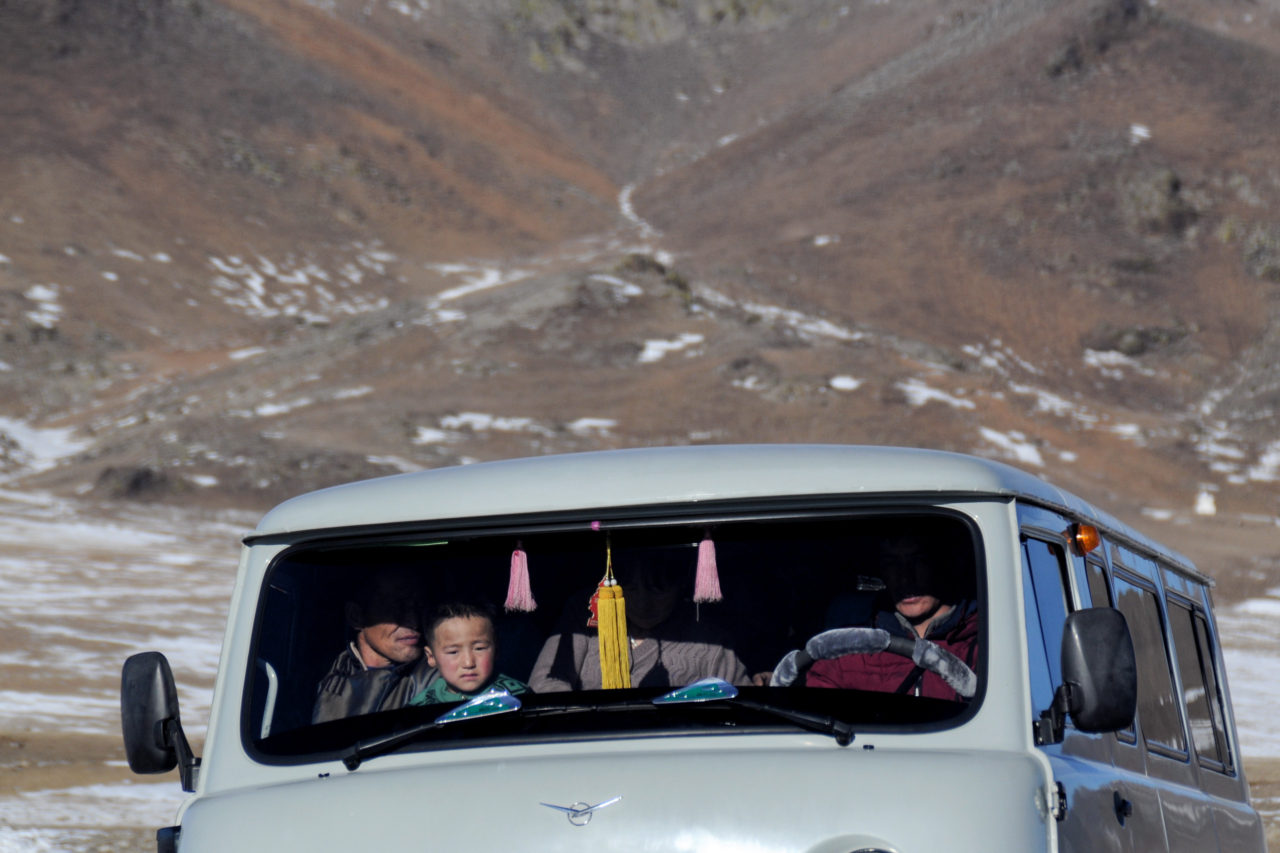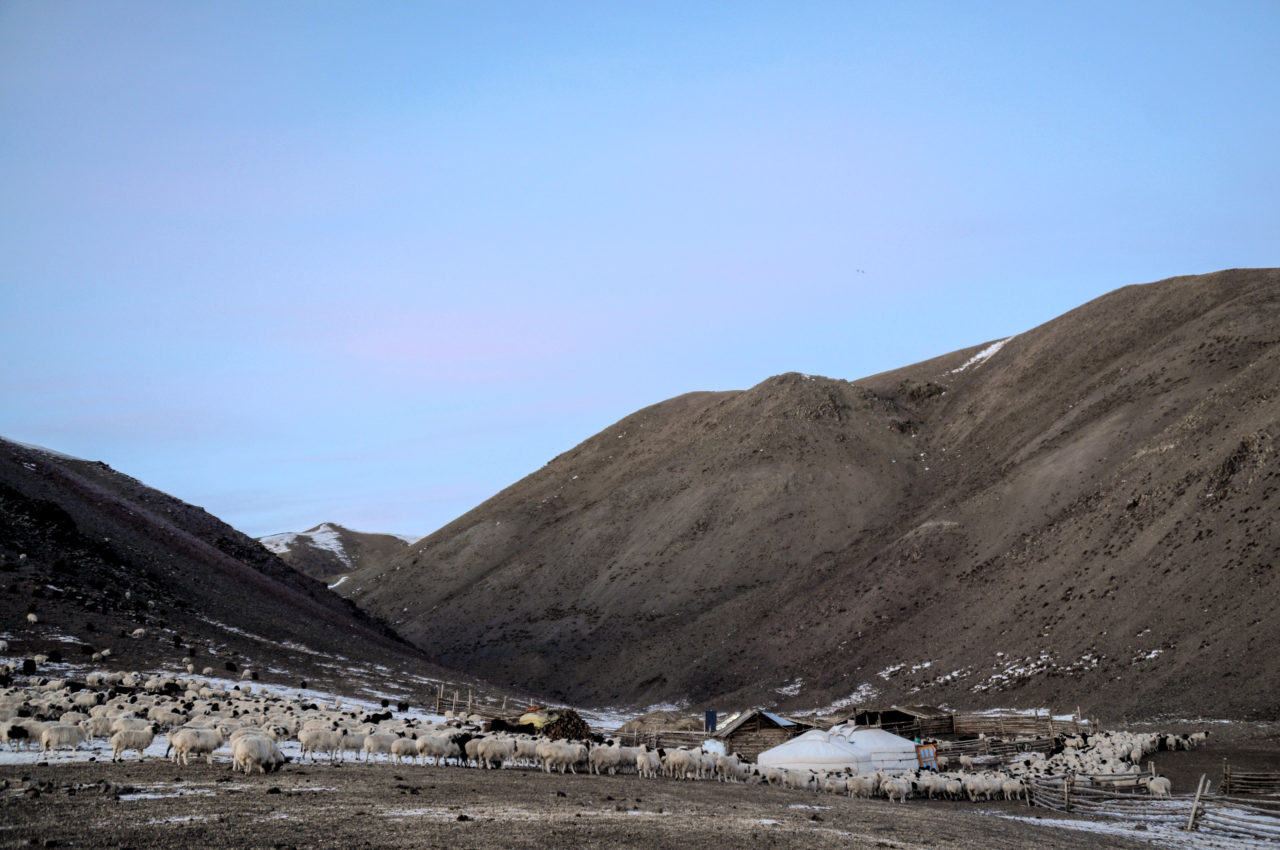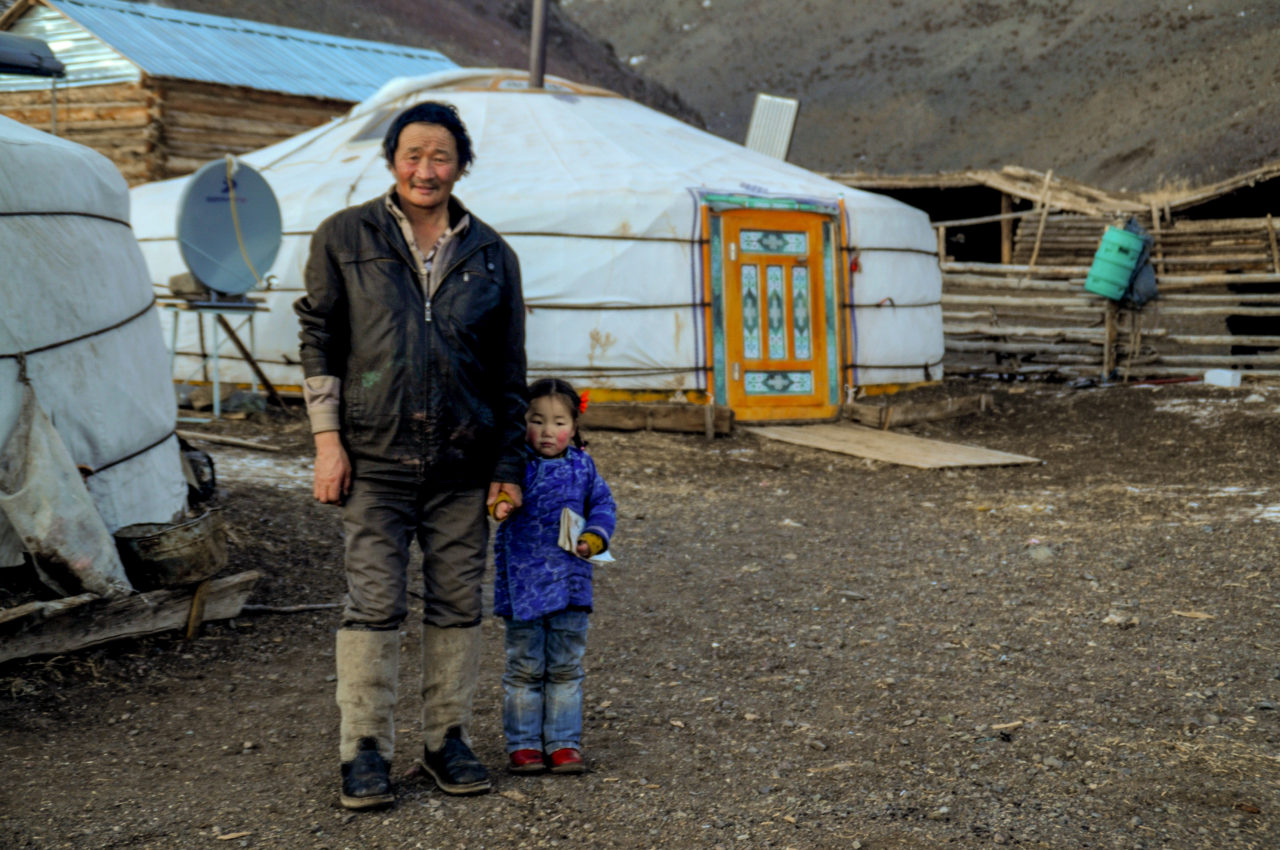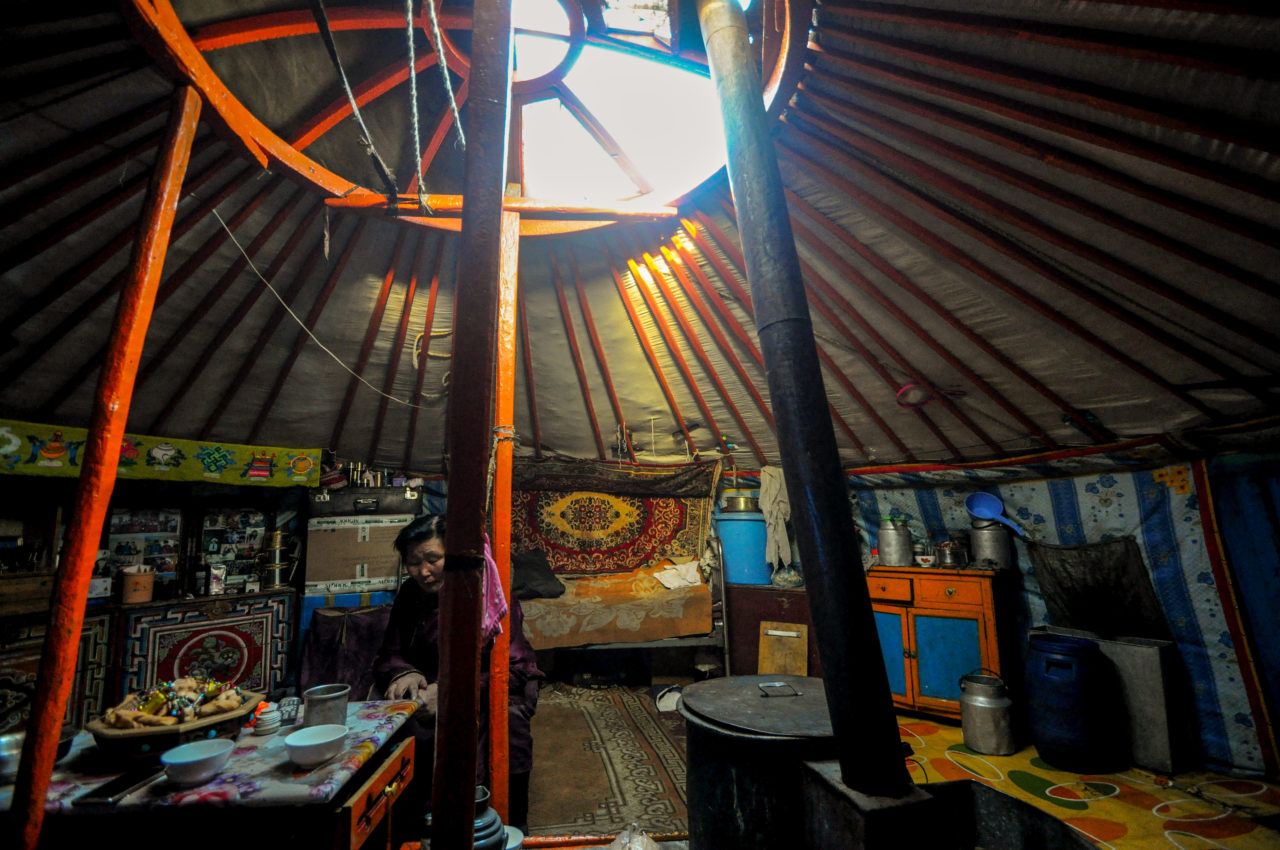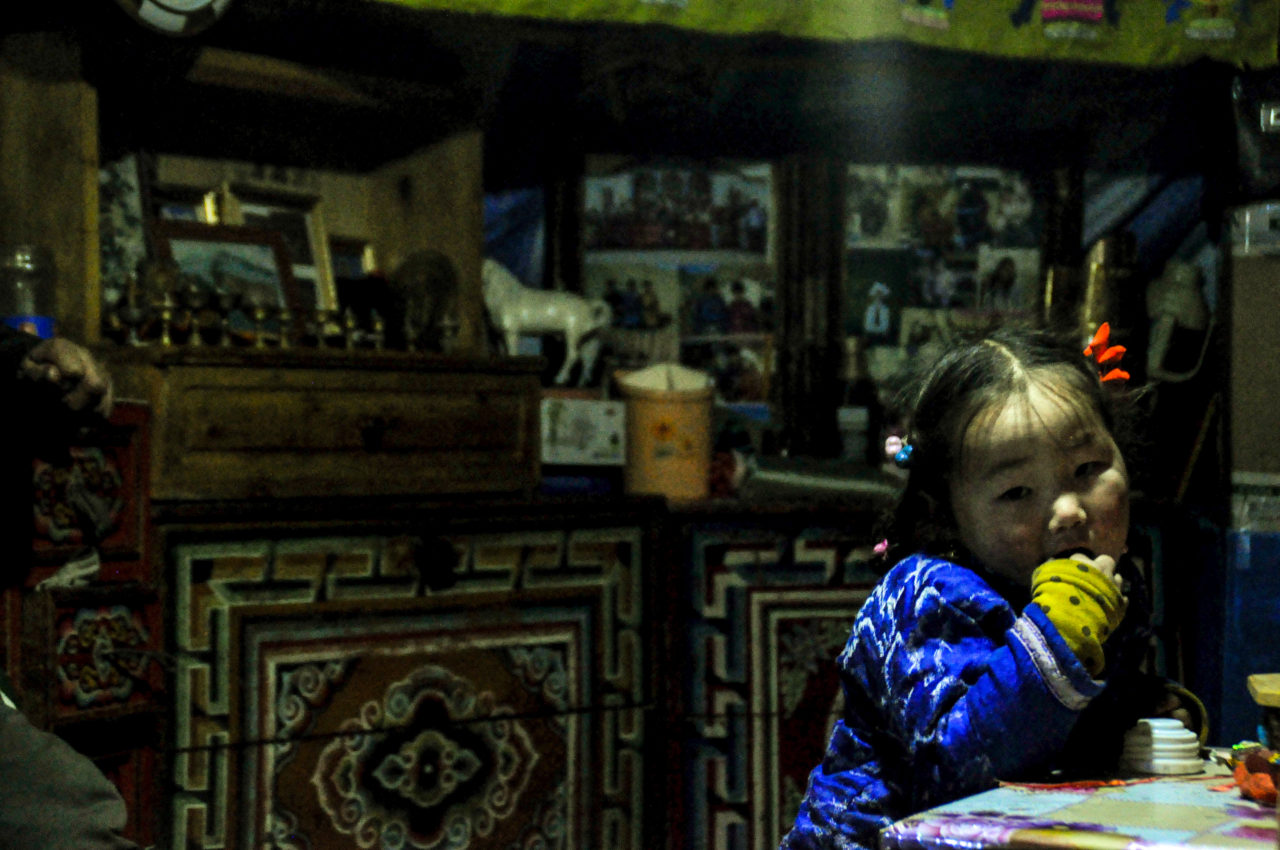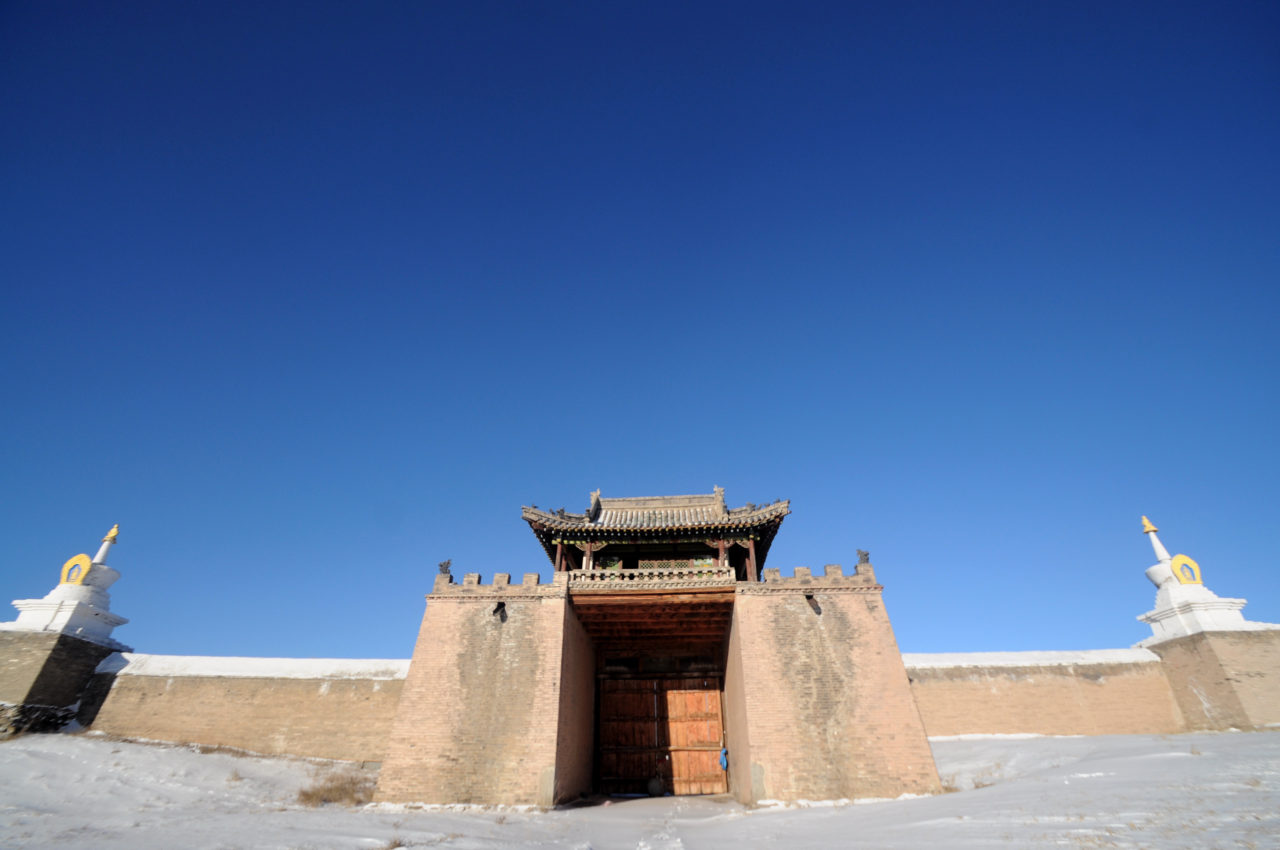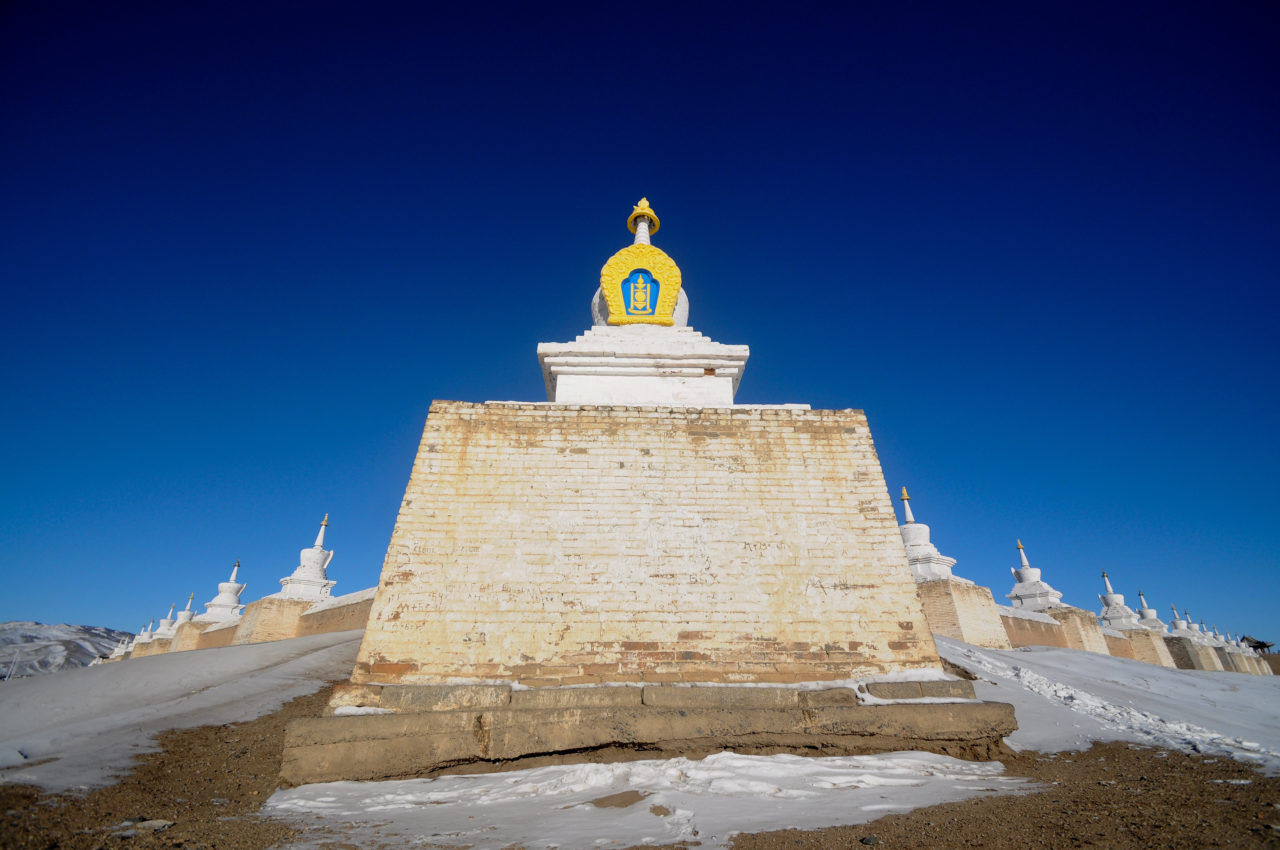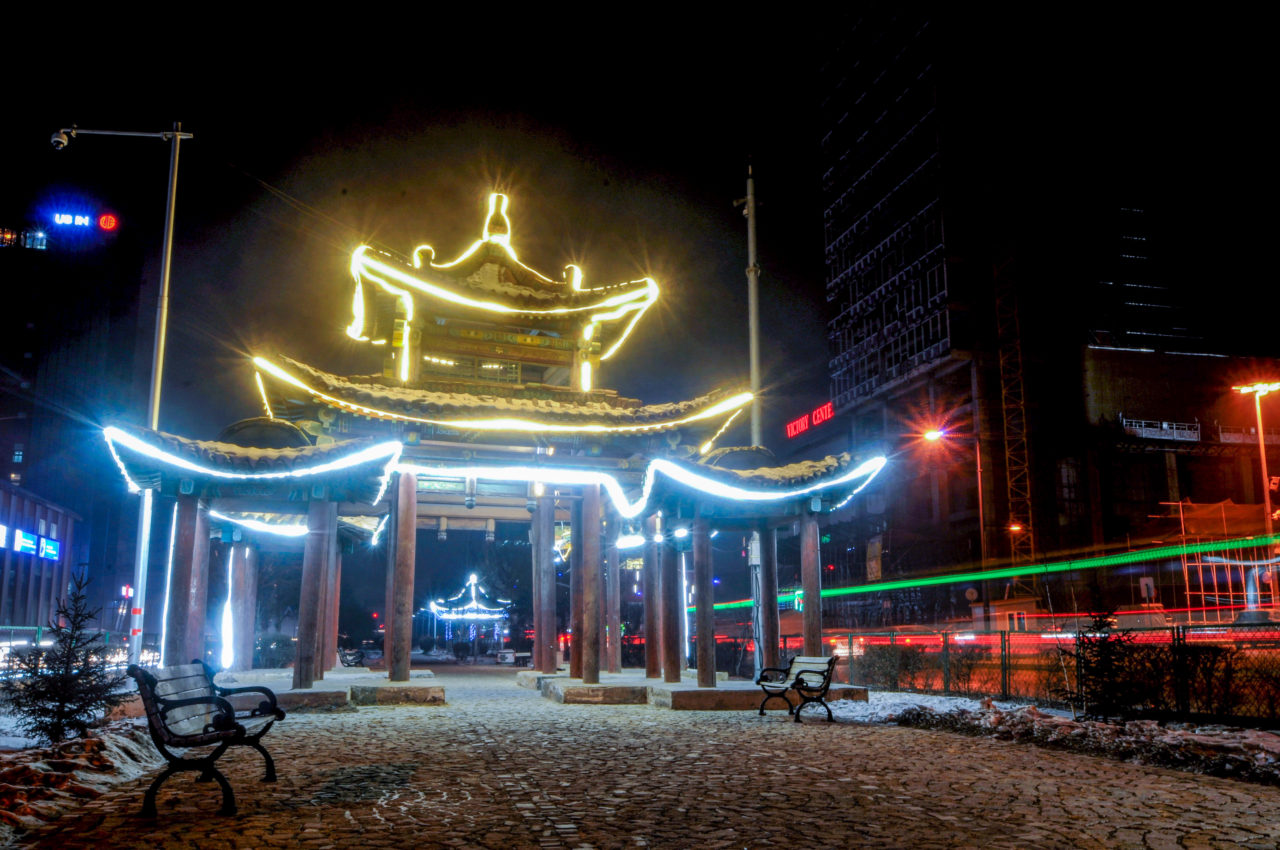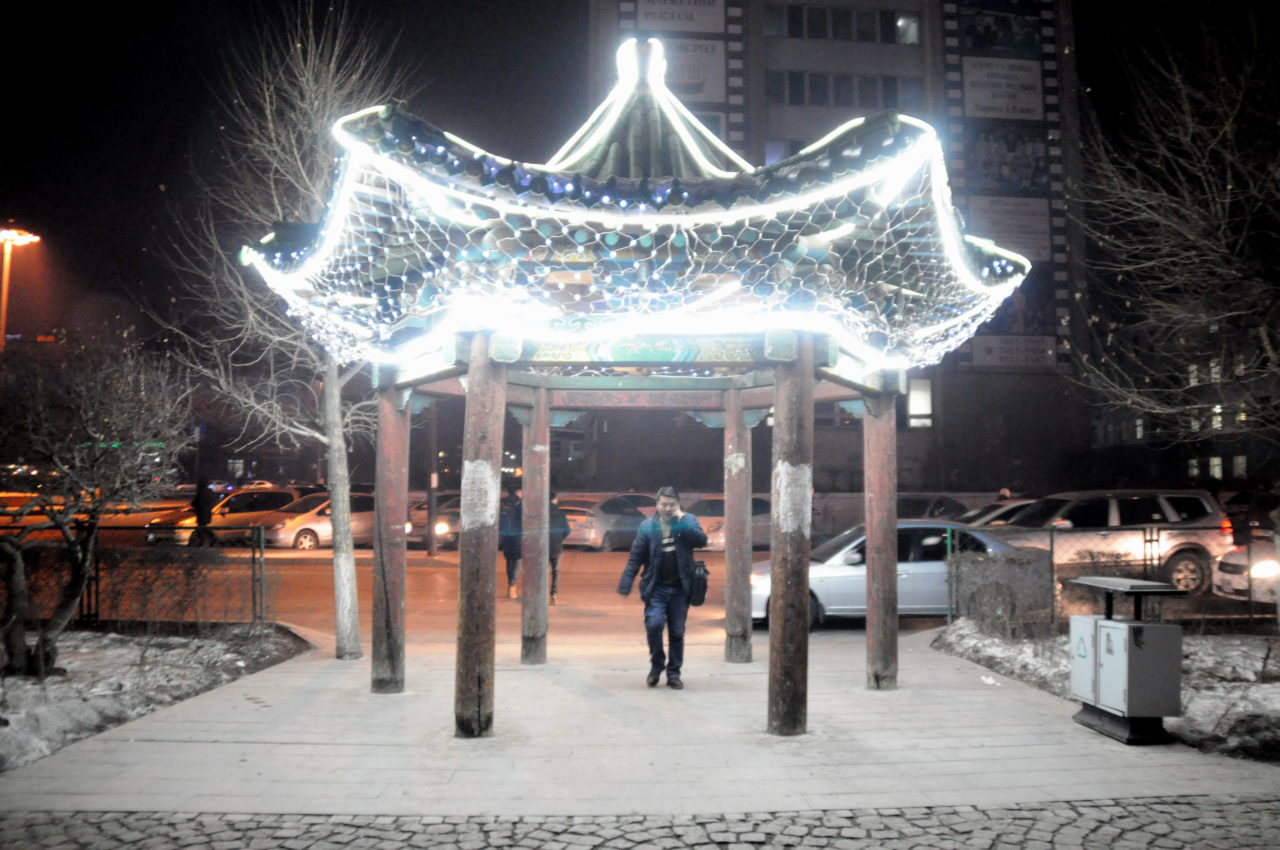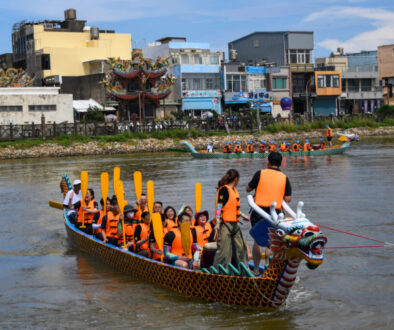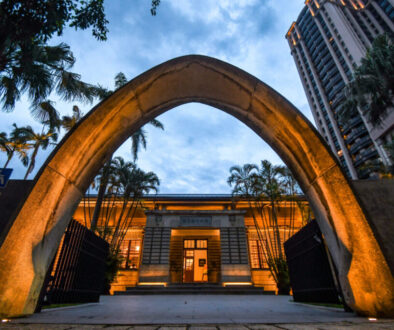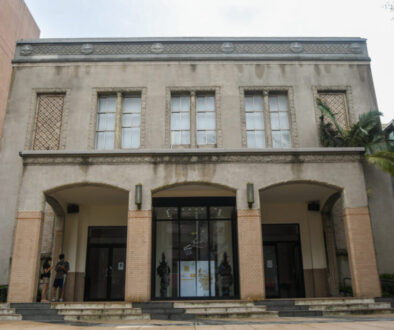Mongolia Winter Travel Itinerary
Setting off in UB
For any seasoned traveler or those seeking adventure, Mongolia is sure to be the top of your list. Once you grow weary of the seaside bungalows and beach parties of South East Asia, the frozen steppes of Mongolia will begin to dominate your dreams. Regardless if you make the trip a stopover on the famous Trans-Siberian Railway or simply travel to Mongolia for the country itself, you may find yourself grounded to the large cities.
Other than cutting through from China to Russia, you will find little in terms of public transport. Like many countries, all roads lead to the capital, this can not be more true for Ulaanbaatar. Nearly 45% of the population of Mongolia lives in its capital city, making the whole valley one of the most densely populated, as well as polluted, cities on the planet.
While you may find plenty to occupy your time with while in Ulaanbaatar in the form of urban exploring and day trips, you came to Mongolia for a true nomadic experience. One simply can not explore the sands and steppes of Mongolia in the confines of the city. For those looking to escape the urban sprawl and see what true country life is like, you will have to hire a driver.
You can read about traveling to Mongolia during the winter here!
Finding a Driver
Many of the tour agencies you will find in Ulaanbaatar will nickel and dime travelers when it comes down to finding a driver to take you out to the steppes of Mongolia. Most of the hostels which operate in UB have their own travel agencies attached to the complex but be warned, they are sure to charge you well over a fair rate.
The best option you could possibly have for finding a driver for cheap is using Air B&B or Couchsurfing to get in touch with locals. With a contact in the city, the odds are more likely that you will be about to get a cheap driver and ride out into the Mongolian wilderness.
I was able to find a driver named Batbaatar Sumyabazar who works for Mongolia Trecking. For just 25 USD a day he took me to some of the most out of reach places in Central Mongolia. Together we made a short 5-day itinerary which would showcase some of the best aspects of Mongolian country life.
The complete itinerary is here:
- Day One: Aglag Buteel Monastery and Erdenet
- Day Two: Hatgal Hovsgol
- Day Three: Tsetserleg Arkhangai
- Day Four: Kharakhorum
- Day Five: Return to Ulaanbaatar
You can find another guide on traveling to Mongolia here!
On the Road
Other than the 25 USD a day for the driver, the traveler also has to cover gas, accommodation, as well as food expenditures. While this may sound like a lot, while on the road you most likely won’t be spending more than 75 USD a day (if you are looking for my full expenditures break down skip to the bottom.)
While Ulaanbaatar has yurts upon yurts stacked upon each other, the rest of the country couldn’t be any more different. Mongolia is famous for having the lowest population density in the world with nearly 1 person for every 2 square kilometers. What this means is that when you embark on your life-changing road trip, you are going to see a lot of nothing. You will stumble upon the occasional diners and mini markets, but for the vast majority of your travels, you will see nothing but rolling hills of white snow.
You can read more on the least crowded countries in the world here!
Day One: Aglag Buteel
After shooting out of the black cloud of pollution which shrouds Ulaanbaatar and braving the relentless onslaught of blizzards which bombarded our jeep, we finally arrived at Aglag Buteel. The white emptiness surrounding the highway transformed into high mountain peaks and dense forests as we pulled off onto a dirt road which led to the temple. A caretaker reluctantly emerged from his warm hut to open the gate to Aglag Buteel.
Aglag Buteel is not by any means an ancient Buddhist monastery. The temple was founded by Gankhüügiin Pürevbat, a Buddhist artist who runs the Mongolian Institute of Buddhist Art. Other than the elaborate temples and shrines which a perched on high cliffs and nestled into the valley, the formation of the mountain itself plays an intricate part of Buddhist worship. For example, the act of walking through a small crevice cut through the rock signifies rebirth and the purification of sins.
Aglag Buteel has a fair amount of sights to occupy yourself with for either a day trip from UB or a stopover to Erdenet. If you are planning on spending any more than just an afternoon, however, you may quickly find yourself twiddling your thumbs wondering what to do next.
You can read more on Aglag Buteel here!
Day One: Erdenet
Mongolia, much like many of the other countries behind the iron curtain, was a Soviet satellite state with strong Russian influence. The second largest city of Mongolia, Erdenet, was founded with the sole purpose to provide copper to the country’s big brother: the Soviet Union. At its peak, Erdenet was split with 50% of the population being Russian and the rest Mongolian. Due to the fall of the Soviet Union, many of the Russian workers retreated back to their motherland, dropping the number of Russian inhabitants to less than 10%.
Although linked to the Trans-Siberian Railway due to the importance of its mineral deposits, Erdenet has little to offer than its crumbling post-Soviet architecture and sparse temples. While you could spend a day or two exploring the shanty towns and various Communist monuments, the temptation to venture back out into the steppes will be too great to linger too long in Erdenet.
You can read more on traveling to Erdenet here!
Day Two: Hatgal Hovsgol
Mongolia’s Lake Khovsgol (or Hovsgol) will challenge any of the world’s most breathtaking National Parks. Regardless if you arrive during the frigid winters or warm summers, you are sure to be not wanting to part with the allure of the icy blue waters. Although it can get a bit touristy with many of the family yurt camps, the entire region is still largely untamed. Other than Khovsgol’s rugged mountain peaks and lush forests, you will find an abundance of moose, bears, and deer.
While the summers see the largest amount of tourists and wildlife, the winter offers you an opportunity to have the entire lake practically to yourself. Other than the frozen ships locked in ice and the occasional local riding a horse-drawn carriage, Lake Khovsgol is completely devoid of people. One could easily spend a few days exploring the huge expanse of trails around Khovsgol or simply relaxing on the shore with hot tea in hand.
While in Mongolia during the winter, be sure not to miss out on the Khovsgol Ice Festival!
Day Three: Tsetserleg Arkhangai
Turning back south and through the underdeveloped regional hub of Moron, the road quickly changed from smooth, paved asphalt to dirt and rocks. Tseterleg, Arkhangai (not to be confused with the town of Tseterleg) is where I got my first taste of true Mongolian nomadic life. The entire territory is occupied by herdsmen who have set up camp in the shadow of dramatic mountainsides and rolling white hills. The only signs of life in Arkhangai are the hundreds of livestock which dot the hillside, being herded by a lone herdsman. Other the ancient volcanically formed mountains and striking valleys, lakes and temples are also sprinkled out across the vast wilderness which is Arkhangai.
We were not the only car on the bumpy dirt road. Locals packed like sardines in an old Soviet UAZ 452 can be found making the treck through Arkhangai. There is always a certain amount of respect and comradery between drivers on these dangerous roads. We often stop to ensure the other vehicle was ok and share travel advice when driving through the largely unpredictable Mongolian winter.
You can read more on Arkhangai here!
Life in a Yurt
The trouble with staying in a true yurt camp in Mongolia is that the family is nomadic. What this means is that hours can be spent knocking on doors to find the exact location of your host family. My driver did just that, jumping out of the jeep in the freezing cold to get directions to our accommodations for the night.
Finally, we pulled into a valley where we were welcomed with open arms. The patriarch of the family led us into his yurt where he proudly showed us the many trophies he has won for his expert herdsmanship. While a yurt may not look like much from the outside, the inside is nothing short of being just like home. With a blazing fire, hot food, warm blankets, and even a television, you have everything you need to spend a couple of days enjoying the nomadic life.
Due to our fuel tank being punctured on the unforgiving roads of the Arkhangai, we had to stay longer than expected at our homestay. After a few hours of exploring the nearby hills and playing with the family’s goats and horses, I found myself retreating back into the ger to enjoy a bit of snacks and television with the rest of the family.
When the driver finally deemed our jeep road worthy again, we bid the family farewell. When asking how much should we pay for putting us up for the night, the family flat out refused payment. We were finally able to convince the parents to take a little bit of money and give it to their daughter for candy or school supplies. One thing that you will learn while traveling through Mongolia is that their hospitality is unmatched.
You can read more about staying in a ger in Mongolia here!
Day Four: Kharakhorum
Any history lover will not be able to resist the temptation to travel to the fabled city of Kharakhorum. This ancient capital was once the seat of power for no other than Genghis Khan. This city was the center of his empire which stretched from the Far East all the way to Europe.
While Kharakhorum has seen better days, it is still quite the experience to stand in the same place where the legendary generals of the largest empire in the world’s history have stood. The original city of Kharakhorum was abandoned as the leaders of Mongolia left their posts to become the emperors of the Yuan Dynasty in Beijing, China. Kharakhorum was later sacked and destroyed by an invading Manchurian army.
Years later, a monastery was built on the ruins of the capital of Kharakhorum, which is more similar to what you see on the site today. Erdene Zuu Khiid was originally founded in 1586, but like the city of Karakorum, the monastery has also seen its fair share of hardships. From more invading Manchurians to Stalinist purges, the temple has been torn down and rebuilt countless times. It wasn’t until after the fall of the Soviet Union that Erdene Zuu Khiid was able to reflect a spark of its former glory.
You can read more about the Karakorum here or here!
Returning to Ulaanbaatar
Due to both time and financial restraints, I was only able to do a short tour of all the stunning sites that Mongolia has to offer. After my 5-day road trip, my driver and I held our breath as we plunged back into the black smog of Ulaanbaatar.
Traveling to Mongolia has enough challenges on its own, but after you factor in the fact that you will be traveling during the winter, you may start to have second thoughts. Due to the lack of other travelers to help split the costs and the conditions of the roads, some backpackers may put off their trip to Mongolia. If you are willing to bite the bullet on costs or roll the dice to run into other travelers at the hostels in UB, you are sure to have a trip which you will remember for years to come.
You can find a complete breakdown of my expenditures here:
Day One:
- 11 USD – Food
- 30 USD – Gas
- 1 USD – Toll Roads
- 2 USD – Aglag Buteel Ticket
- Total: 44 USD
Day Two
- 4 USD – Food
- 46 USD – Gas
- .50 USD – Toll Roads
- 20 USD – Hotel
- Total: 70.50USD
Day Three
- 7 USD – Food
- 48 USD – Gas
- 8 USD – Ger
- Total: 63USD
Day Four
- 9 USD – Food
- 46 USD – Gas
- .50 USD – Toll Roads
- 2USD – Aglag Buteel Ticket
- Total: 78.50USD
Day Five
- 5 USD – Food
- 15 USD – Gas
- .5 USD – Toll Roads
- 2 USD – Museum Ticket
- Total: 22.50USD
Grand Total:
- Expenditures: 278.50 USD
- Driver: 125 USD
- Total: 382.5 USD

